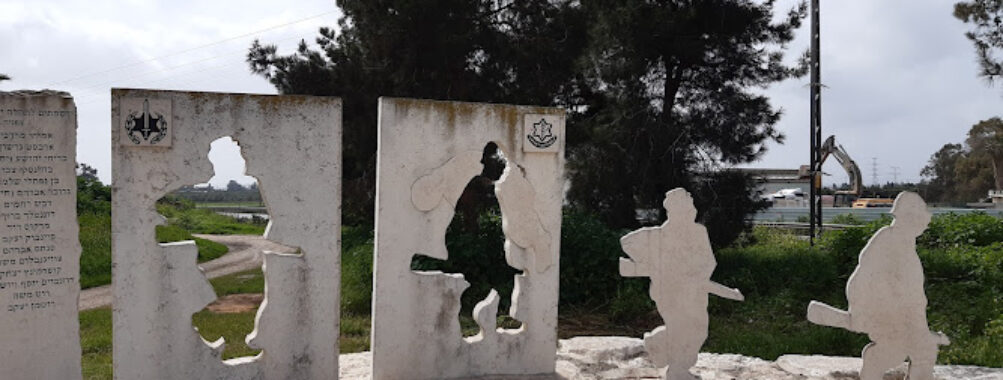
Qaqun
Table of Contents
Description
Let me tell you about Qaqun – it’s honestly one of those hidden gems that’ll transport you back in time. I remember my first visit here, standing in awe before the medieval ruins that tell tales spanning centuries. The fortress, with its weathered stones and impressive archways, stands as a testament to the rich history that unfolded here.
What really struck me was how the Crusader-period architecture blends seamlessly with later Ottoman additions. The main fortress tower still reaches proudly skyward, and even though it’s partially crumbled, it’s not hard to imagine how commanding it must have looked in its heyday. The surrounding archaeological park is perfect for history buffs like myself who love to wander and wonder.
Key Features
• 12th-century Crusader fortress ruins with distinctive military architecture
• Impressive central tower reaching approximately 30 meters high
• Original stone archways and defensive walls still largely intact
• Archaeological remains from multiple historical periods
• Surrounding parkland with native Mediterranean vegetation
• Panoramic views of the coastal plain from the fortress top
• Ancient water systems and cisterns
• Educational signage explaining the site’s historical significance
• Areas for picnicking and outdoor recreation
• Natural walking trails through the archaeological park
Best Time to Visit
Spring months between March and May are absolutely perfect for exploring Qaqun. Trust me on this – I’ve visited during different seasons, and spring offers the most comfortable temperatures and stunning wildflower displays. The site is particularly magical during early morning hours when the light hits the ancient stones just right.
Autumn (October-November) comes in as a close second, with mild temperatures and clear skies that make for excellent photography conditions. I’d suggest avoiding summer afternoons when the heat can be pretty intense – there’s limited shade around the ruins. Winter visits can be lovely too, but watch out for occasional rainy days that can make the stone surfaces slippery.
How to Get There
Getting to Qaqun requires a bit of planning, but that’s part of what keeps it special and less crowded than other historical sites. The ruins are accessible by car, and you’ll want to follow the signs from the main highway. If you’re relying on public transportation, you’ll need to take a bus to the nearest town and arrange for a taxi from there.
I always recommend downloading offline maps before heading out since mobile reception can be spotty in this area. The dirt road leading to the site might be a bit bumpy – my last visit involved some careful navigation, but nothing a regular car can’t handle.
Tips for Visiting
Here’s what I’ve learned from my visits: bring plenty of water – there aren’t any shops nearby. Wear sturdy shoes because you’ll be walking on uneven surfaces and ancient stones. A hat and sunscreen are absolute must-haves, regardless of the season. The site isn’t wheelchair accessible, so plan accordingly if you have mobility concerns.
Early morning visits tend to offer the best experience – not just for the lighting, but also because you might have the place almost to yourself. Pack a picnic if you’re planning to make a day of it. The best photos are usually taken from the eastern side of the fortress during late afternoon when the sun casts long shadows across the ruins.
I always bring a small flashlight to peek into the darker corners of the ruins – you’d be surprised what architectural details you might spot. And while it might seem obvious, don’t forget your camera – the textures of the ancient stones and the sweeping views make for some incredible shots.
Keep an eye out for the various architectural styles – I love playing a little game of spotting the differences between Crusader and Ottoman elements. If you’re interested in the deeper history, download some historical information beforehand since on-site information can be limited.
Spring visitors should pack an extra layer – mornings can be chilly even when afternoons warm up nicely. And if you’re bringing kids (which I totally recommend), turn it into a treasure hunt – have them count the archways or look for specific architectural features. It makes the historical experience much more engaging for them.
Location
Places to Stay Near Qaqun
Find and Book a Tour
Explore More Travel Guides
No reviews found! Be the first to review!